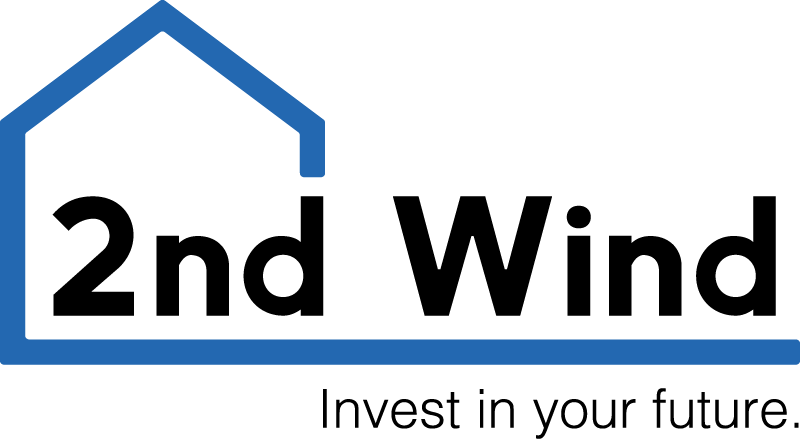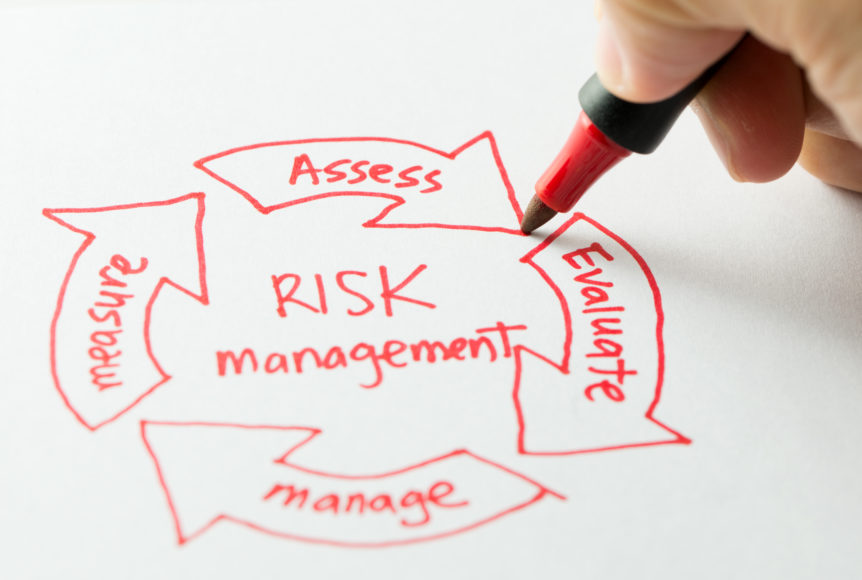Maybe the Mayans meant 2020 instead of 2012 when they made their end of the world predictions because this year has been a doozy… no need to elaborate. But one thing that has stayed steadfast throughout this turbulent time is the hard value of brick and mortar assets.
Now more than ever people are realizing the innate value of shelter- and at a time when markets are correcting and other investments become volatile the long term benefits/returns of this precious asset look all the more promising. In this article we want to talk about how reeling market conditions can provide excellent opportunities for savvy investors.
Utilizing OPM
In a time when many investments are showing negative returns or wild fluctuations, spooked investors are seeking alternative places to invest their money.
Other people’s money OPM
Experienced real estate investors often find that other investors can be an excellent source of funds. These are other people who are finding it increasingly difficult to generate decent returns on their current investments and may be interested in real estate deals you offer.
By using other people’s money, real estate investors can create an investment pool funded by OPM, use the power of leverage to buy multiple properties, and share a portion of the monthly net cash flow stream and sales profits among all of the partners.
Reaping the benefits of a high cap rate
At the time of writing this article conventional mortgages are hovering around 2.5% and 3% for a 15 and 30 year loan respectively… those are absolutely absurd numbers (some of the lowest seen in the last 50 years). To put that in perspective in many areas of the U.S real estate is currently out pacing the interest rates through appreciation alone. These unique borrowing conditions allow for excellent buying opportunities with respect to cap rate. Homes that typically wouldn’t make the cut are now prime to make quality returns over a period of time.
The Capitalization Rate, better known as the “Cap Rate,” is arguably one of the most fundamental concepts in real estate investing, but often the most widely misunderstood. A cap rate measures a property’s natural rate of return for a single year without taking into account debt on the asset, making it easy to compare the relative value of one property to another.
How to Calculate a Cap Rate
For those who are familiar with finance but new to real estate, think of a cap rate as the reverse of the price-earnings ratio (“P/E”) used in the stock market. While the P/E ratio measures the price, or market value, of a stock divided by its earnings per share, the cap rate measures the annual income of a property, divided by its cost, or value.
What does the cap rate tell us?
Put simply, cap rate measures a property’s yield in a one-year time frame. This makes it easy to compare one property’s cash flow to another – without taking into account any debt on the asset. In short, it provides the property’s natural, unlevered rate of return.
Another way to think about it as a measure of risk in the deal. What return would you expect given the risk of the specific property or asset? Everything else being equal, properties that are older and have fewer credit-worthy tenants, for example, may have more risk, and therefore would be lower in price, resulting in a higher cap rate. Diversity of the tenants, length of leases in place, condition of the property, and location may also contribute to the risk premium and therefore impact the property’s value and subsequently its cap rate.
Many individuals first thoughts during a volatile market, pandemic, or socially radical time period are to hold their wealth close to their chest but by keeping sound investing principals in mind those with the means and the guts to take the plunge can see fantastic returns on their investment. If you or someone you know is looking for properties in the Louisville area 2nd Wind Properties is here to help.
We understand how difficult investing in real estate can be to newcomers and even veteran investors can get burned-out in this industry. We believe that sometimes all you need is a little push to get over the finish line to financial security. The name “2nd Wind” came from our desire to provide the helping-hand our investors need to make it through the buying process and take their portfolio to the next level.


